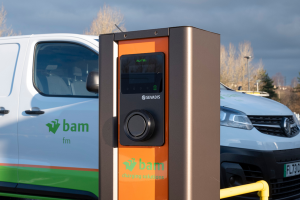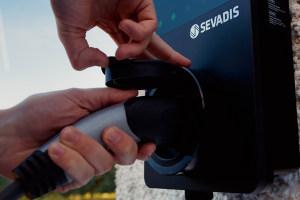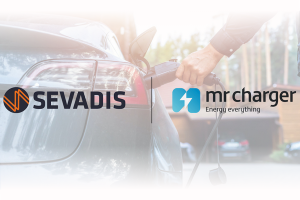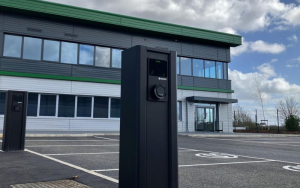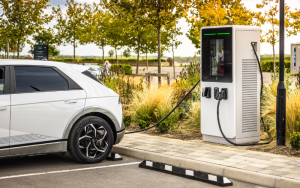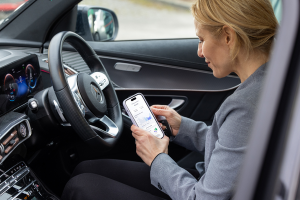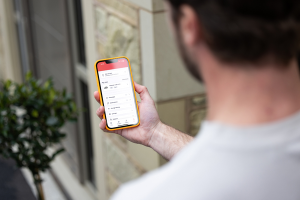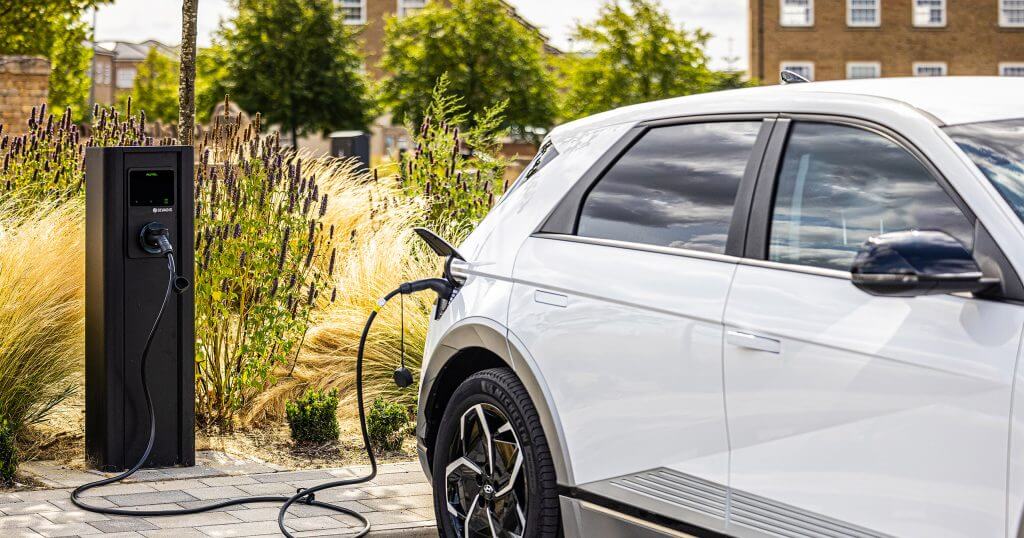
Dynamic Load Balancing Explained
Electric vehicle adoption is at its peak, which means so are workplace and domestic electric vehicle charge point installations. To ensure the power grid doesn’t overload and charging experiences are as seamless as possible, a feature called “dynamic load balancing” was introduced to electric vehicle charge points.
What is Dynamic Load Balancing?
No matter the size, every property will have a limited supply of power available. So, when adding an EV charge point to the mix amongst other day-to-day electrical appliances we need to ensure that the property’s overall electrical load remains undisturbed. This is where dynamic load balancing (also known as DLB) comes into play.
In the EV industry dynamic load balancing refers to the optimisation of a property’s EV charging load to ensure efficiency in recharging electric vehicles on-site. By dynamically balancing the charging load, electricity is evenly distributed to electric vehicles plugged into the network of EV charging points, allowing the vehicles to charge simultaneously.
Integrating dynamic load balancing to EV charge point installations ensures constant monitoring of changes in energy usage and automatically allocates available capacity to different appliances, including EV charging points.
How does it work?
It’s not as complicated as you may think. In fact, the Sevadis DLB system is super easy to understand.
An energy meter is connected to the MaxiCharger with a Modbus connection, specifically RS485, using a data cable.
The energy meter’s role is to accurately measure the total consumption of the supply being used and keep an eye on the property’s power usage. As total consumption increases, the MaxiCharger takes charge (pun intended) to prevent any overloading or capacity issues. It smartly reduces the energy output to ensure that the maximum capacity is never exceeded and avoids overloading the electrical load.
With the Sevadis dynamic load balancing system, any essential electrical appliances are prioritised over the electric vehicle charge point/s, so you never have to worry about your washing machine or computers not working.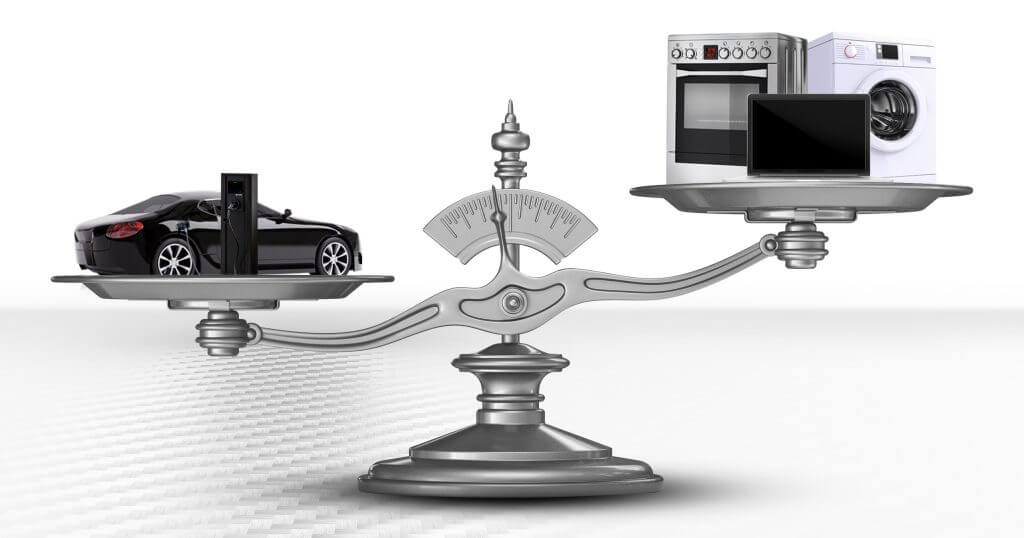
How much power do you need to charge an EV?
It doesn’t take a rocket scientist to understand that charging an electric vehicle will consume a lot of energy. Using an average power supply, a charge point can deliver between 7.4 and 22kW, whereas a washing machine for example will only use 0.5 to 1.4kW. This is where dynamic load balancing does its magic of managing the electrical load ensuring the power doesn’t overload when an electric vehicle is plugged in.
Benefits of Dynamic Load Balancing
- It eliminates the risk of overloading, therefore protecting the building and the grid.
- Saves costs with no requirement for any infrastructure or construction work.
- Charge your electric vehicle at any time with confidence, even during peak hours.
- Scalable solution, allowing you to add more EV chargers in the future.
- Track your electricity consumption and adapt the charging current based on your preferences.


